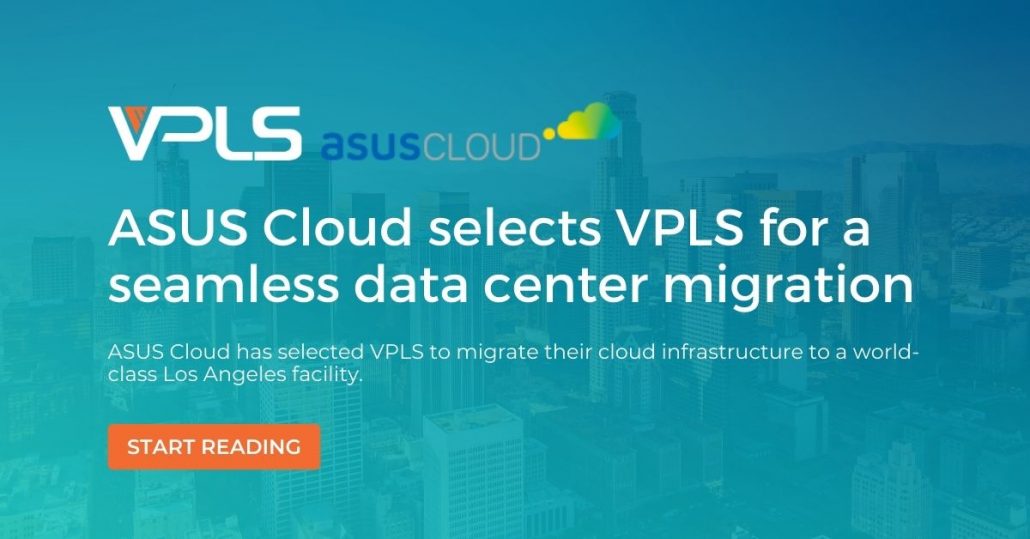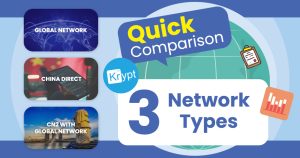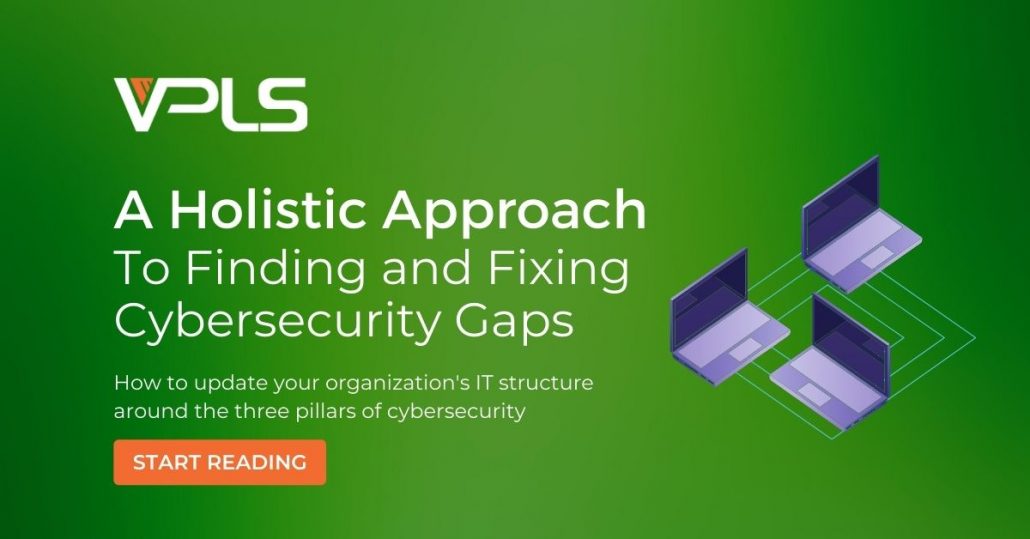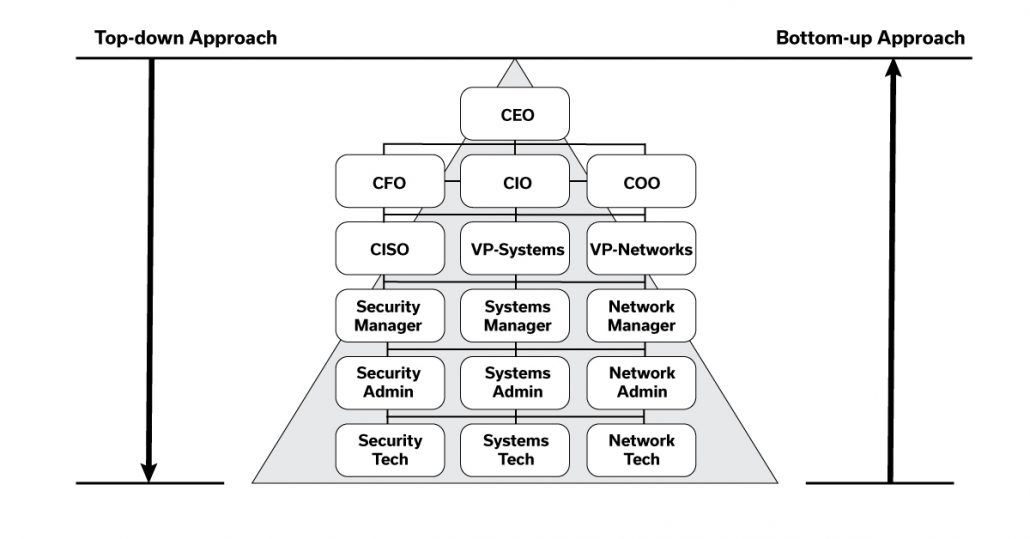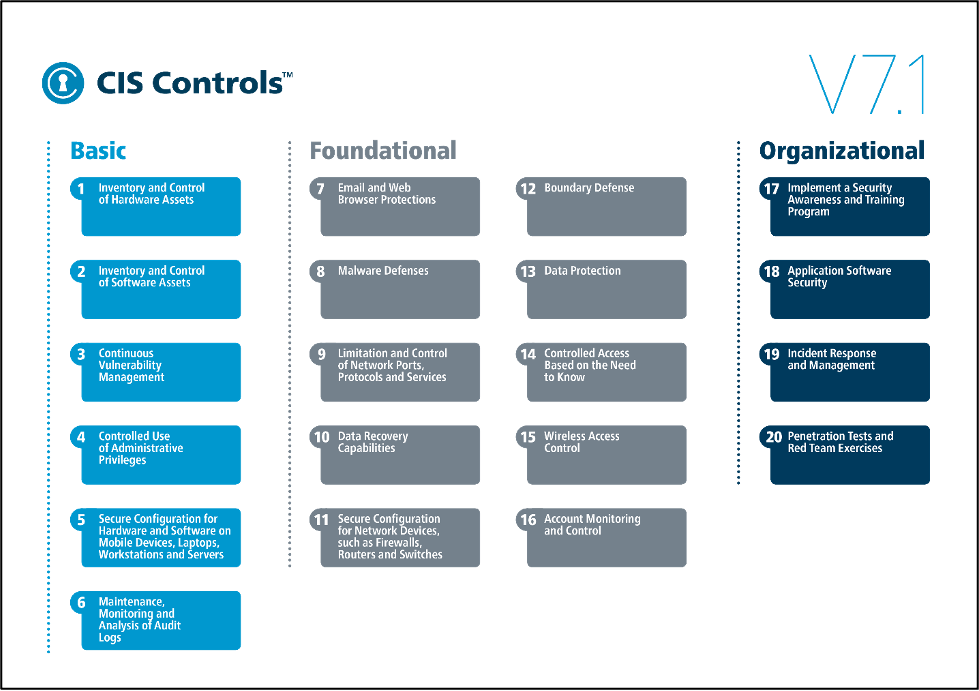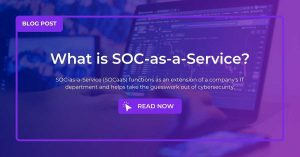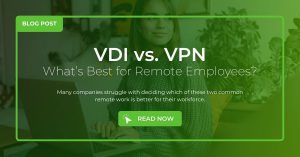ASUS Cloud, a division of ASUS, selects VPLS for a seamless data center migration
ASUS Cloud, a division of ASUS, selects VPLS for a seamless data center migration
VPLS to migrate ASUS Cloud’s cloud infrastructure into a world-class Los Angeles facility
In effort to increase connectivity, security and data accessibility, ASUS Cloud has selected VPLS to migrate its existing Los Angeles-based data center to VPLS’s downtown Los Angeles facility located at 600 W 7th Street.
As a trusted cloud-to-edge computing and solutions provider, VPLS has an extended global network of data centers and points of presence. The company’s downtown Los Angeles facility, known as LA2, is a world-class facility with limitless reach to any carrier in the downtown Los Angeles Telecom Corridor. The 490,000 sq. ft. building offers 24/7 multiple layer security access, multiple colocation configurations, 27 MW of utility power, and connection to over 15 network carriers. Moving to VPLS’s LA2 location enables ASUS Cloud to use a broad and deep portfolio of cloud and network services, including IP transit, 100% power availability guarantee, and improved bandwidth to gain seamless and secure access to their data.
VPLS’s white-glove service approach in colocation management aims to simplify processes and enhance productivity by allowing customers to leverage VPLS’s rapid response team to handle IT needs. Backed by an expert team of technical resources, VPLS ensures secure and compliant migration of ASUS Cloud’s existing data center and infrastructure. As a result, ASUS Cloud can continue critical business services throughout the migration with minimal to no disruption to their operations.
“We are pleased to expand our partnership with a leader like ASUS Cloud. VPLS has world-leading infrastructure with an unmatched portfolio of colocation services and are proud that global companies continue to trust VPLS to support their business and protect their data infrastructure."
Arman Khalili, CEO of VPLS
“Migrating our colocation infrastructure is no easy feat and we’re very happy to partner with VPLS to make this happen,” states Peter Wu, CEO at ASUS Cloud. “Their team has been working diligently to ensure a smooth migration. They understand the importance of this move for our business and are dedicated to providing as little interruption to our business as possible. We are pleased with the efficiency and professionalism of the VPLS team as we plan this project to completion.”
Jay Smith, VP & GM of Data Center Operations at VPLS adds, “We are excited to enter into this partnership with ASUS Cloud and grateful that ASUS Cloud has entrusted such an important move to our team. Our experienced technicians are well-equipped to offer a smooth transition for ASUS Cloud and we look forward to having them join the VPLS family.”
Read More from this Author
If you enjoyed this article, you'll probably like:

